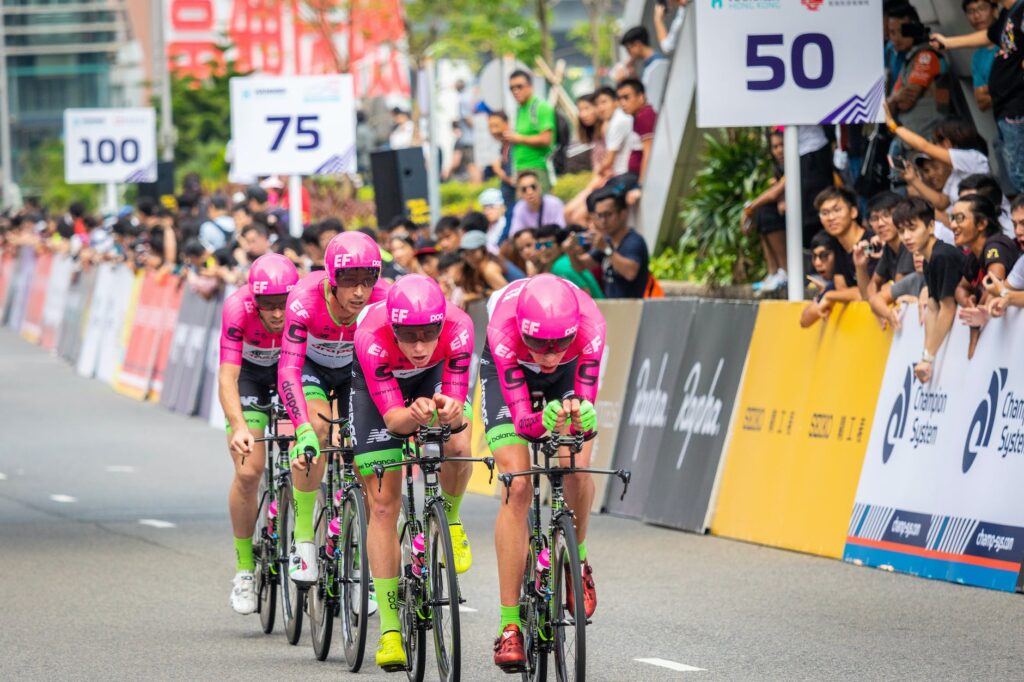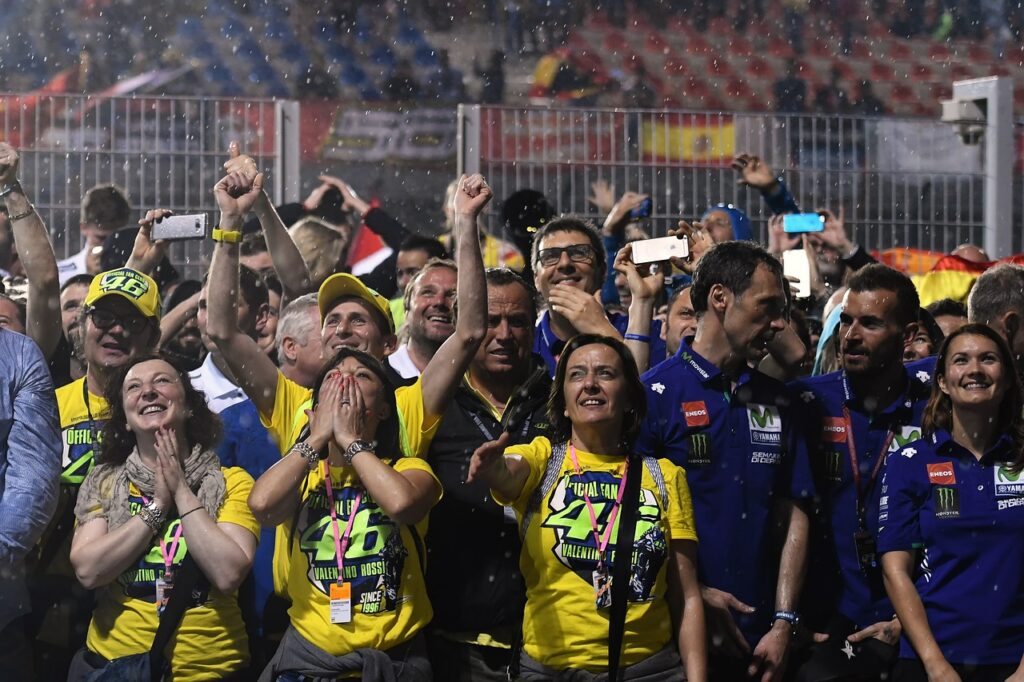Sports photography has the remarkable ability to capture moments of intense athleticism, raw emotion, and unbridled passion on and off the field. From the nail-biting moments of a championship game to the expressions of joy and determination etched on athletes’ faces, sports photographers play a pivotal role in preserving these unforgettable moments for generations to come.
In this article, we delve into the multifaceted world of sports photography, exploring the essential skills that every aspiring sports photographer must master to excel in their craft. Beyond technical expertise, we uncover the power of storytelling, the importance of challenging dominant narratives, and the unique vision of renowned sports photographers who have left an indelible mark on the industry.
So, whether you’re a budding sports photographer eager to embark on this thrilling journey or an enthusiast seeking to understand the art behind iconic sports images, join us as we uncover the skills, insights, and creative spirit that elevate sports photography to new heights.
Table of Contents: Sports Photographer Skills
- Introduction – The Evolving Role of Sports Photographers
- Technical Skills – Camera Settings, Composition, and Action Shots
- Creative Skills – Capturing Emotions and Storytelling
- Post-processing Techniques and Digital Editing
- People Skills – Building Rapport with Athletes and Clients
- Adaptability and Quick Thinking
- Business Acumen – Marketing and Managing a Photography Business
- Staying Ahead of the Game – Embracing New Trends and Technology
- Expanding the Art of Sports Photography – Challenging Dominant Narratives
- Conclusion – The Holistic Sports Photographer
Introduction – The Evolving Role of Sports Photographers
Sports photography has come a long way since its early days when photographers used large and cumbersome equipment to capture fleeting moments on the field.
Today, sports photographers play a crucial role in showcasing the excitement, emotion, and athleticism of sports events to a global audience.
As the demand for captivating sports imagery continues to rise, photographers must equip themselves with a diverse set of skills to stand out in this competitive field.
In this article, we will explore the essential skills that every sports photographer must master to excel in their profession.
Unveiling the Subtext of Sports – The Vision of Peter Robinson
In the world of sports photography, one name stands out for his unique and thought-provoking approach: Peter Robinson. Arguably the world’s greatest living soccer photographer, Robinson’s captivating images delve into the deeper aspects of the game. His focus lies not just on the euphoria of victory but also on the nuances and subtleties that often go unnoticed.
Robinson’s perspective on photography is as unorthodox as it is captivating. “Just because you shoot it,” says Robinson in an excellent interview with The Athletic, “it doesn’t necessarily mean you understand what you’re shooting. I’m not looking for balance. I’m looking for out of balance, I think. I’m looking for a confrontation, something that looks peaceful but it isn’t. You see the carpet, and there’s a big lump, and you’re not sure what it is underneath. It could be a mouse, could be a bomb. It’s a little like that.”
Throughout his illustrious career, Robinson has displayed a fascination with the less obvious, seeking to unravel the underlying narratives and emotions that surround sports events. His focus on the moments that escape the casual observer challenges the viewer to look beyond the surface and explore the unspoken aspects of athletic competition.
“The difference between me and the majority of sports photographers, generally, is that they probably were sporty themselves,” he says. “They probably started photography very early, their parents gave them a camera, they were in love with the idea of winners and the celebratory aspect of it, and the moment when the guy crosses the line or scores a goal — the big moment. And I didn’t give a shit. I was always more interested in losers than winners. I was always more interested in what was going on — was there some subtext to a picture? It was never an obvious moment, really.”
Peter Robinson’s work transcends the conventional celebration of athletic prowess. His photographs encourage viewers to question, explore, and contemplate the complex stories that unfold within the realm of sports.
Technical Skills – Camera Settings, Composition, and Action Shots
A firm grasp of technical skills is the foundation upon which a successful sports photographer builds their art. Understanding camera settings, such as aperture, shutter speed, and ISO, is paramount to freeze fast-paced action or to create artistic motion blur. The ability to adapt quickly to changing light conditions is essential for capturing stunning shots during day and night games.
Composition is another critical aspect that distinguishes an excellent sports photograph from an average one. Sports photographers need to know how to frame their shots, anticipate movements, and position themselves strategically to capture the most impactful images. Utilizing leading lines, the rule of thirds, and dynamic angles can add depth and drama to sports photos.
Action shots are the heart of sports photography, freezing moments of intensity and athleticism. Timing and precision are key to capturing that perfect mid-air dunk or a goal-scoring celebration. Photographers must learn to track moving subjects, pre-focus, and be ready to press the shutter at precisely the right moment.
Creative Skills – Capturing Emotions and Storytelling
Beyond technical expertise, sports photographers must possess a creative eye to convey the emotions and narratives of sports events through their images. Capturing the expressions of triumph, defeat, joy, and determination on the athletes’ faces can evoke powerful emotions in the viewers.
Sports photography is not just about isolated moments; it is about telling a story through a series of images. A single shot can be powerful, but a well-composed photo essay or a series of action sequences can paint a complete picture of an event.
Photographers should strive to find the narrative thread that ties the images together and creates a compelling visual story.
Post-processing Techniques and Digital Editing
In the digital age, post-processing has become an integral part of sports photography. Learning how to enhance and optimize images through software like Adobe Photoshop or Lightroom can take a good photo and make it extraordinary. Post-processing allows photographers to fine-tune colors, adjust exposure, and crop images for maximum impact.
However, it’s essential to maintain the integrity of the image and not alter it beyond recognition. Ethical considerations play a role here, especially in journalistic sports photography, where accuracy and truthfulness are paramount.
People Skills – Building Rapport with Athletes and Clients
Sports photographers often work closely with athletes, coaches, and event organizers.
Building rapport and establishing trust is essential for capturing candid and intimate moments. A friendly and approachable demeanor can put athletes at ease, leading to more natural and authentic shots.
Working well with clients is also crucial for securing repeat business and referrals. Effective communication and the ability to understand and meet the client’s needs are vital skills in the competitive world of sports photography.
A good idea is to learn what drives other people forward. Start reading the How to get a job in the sports business industry guide to learn more about how people like myself think in the business.
Adaptability and Quick Thinking
Sports events are unpredictable, and photographers must be adaptable and quick-thinking to respond to unexpected situations.
Whether it’s a sudden weather change or a last-minute change in the game schedule, photographers need to think on their feet and adjust their approach accordingly.
Being adaptable also means being able to work with various sports and in different environments. Each sport has its unique challenges, and being well-versed in multiple disciplines can expand a photographer’s opportunities.
Business Acumen – Marketing and Managing a Photography Business
While passion and skill in photography are essential, sports photographers must also possess the business acumen to succeed in the industry. Understanding marketing techniques, branding, and social media is vital for self-promotion and reaching potential clients.
Additionally, managing finances, contracts, and negotiations efficiently is crucial for running a successful photography business.
Continuous networking and building connections within the industry can also lead to new opportunities and collaborations.
Staying Ahead of the Game – Embracing New Trends and Technology
The field of sports photography, like many others, is continually evolving with advancements in technology and changes in visual trends. Photographers must stay up-to-date with the latest equipment, software, and techniques to remain competitive.
Embracing new technology, such as mirrorless cameras or drones, can provide photographers with unique perspectives and innovative ways to capture sports action.
Keeping an eye on emerging trends in visual storytelling and sports marketing can also help photographers stay relevant in a rapidly changing landscape.
Expanding the Art of Sports Photography – Challenging Dominant Narratives
As the realm of sports photography evolves, photographers are not only honing their technical skills but also becoming increasingly conscious of the impact their work can have on shaping narratives.
Edgar Martins, the esteemed Photographer of the Year in the Sony World Photography Awards 2023, sheds – in an interview with WorldPhoto.org – light on the importance of understanding the power dynamics between the photographer and the subject. He voices concerns about inadvertently misrepresenting or exploiting subjects, which can inadvertently reinforce existing stereotypes and dominant ideologies.
“Its proclivity to inadvertently misrepresent or outright exploit its subjects. When the power dynamics between photographer and subject are not kept in check, this often leads to photographers producing images that, in my view, only serve to confirm the already held opinions within the dominant ideology about the particular subject they are working on,” states Martins in the interview with WorldPhoto.org.
Martins’ insight reminds sports photographers to approach their craft responsibly and ethically. Beyond capturing mesmerizing action shots and emotions on the field, they should be mindful of the narratives their images create.
Sports photography has the power to shape public perception, and photographers can challenge stereotypes, promote inclusivity, and highlight underrepresented stories through their work.
Conclusion – The Holistic Sports Photographer
Being a successful sports photographer requires more than just technical skills behind the camera. It demands a well-rounded set of abilities that encompass technical excellence, creativity, adaptability, and interpersonal finesse.
Photographers who invest in honing their skills, whether through workshops, practice, or learning from experienced professionals, can elevate their craft and create captivating images that truly showcase the spirit of sports.
In a competitive and ever-changing field, the journey to becoming an outstanding sports photographer is a continuous one. However, with a passion for sports and a dedication to mastering the essential skills, aspiring photographers can carve a rewarding and fulfilling career in the world of sports photography.
Frequently Asked Questions (FAQs): Sports Photographer Skills
Mastering camera settings, such as aperture, shutter speed, and ISO, is crucial for freezing fast-paced action or creating artistic motion blur. Understanding composition, anticipating movements, and capturing precise timing is also essential for compelling sports imagery.
Beyond technical proficiency, sports photographers should have a creative eye to capture athletes’ expressions of triumph, defeat, joy, and determination. Crafting a photo essay or a series of images can tell a comprehensive visual story that evokes powerful emotions in viewers.
Building rapport with athletes, coaches, and clients fosters trust and enables photographers to capture candid and intimate moments. Effective communication and understanding clients’ needs are crucial for success in the competitive sports photography industry.
If you would like to become a sports photographer, start by reading our guide on how to pick up the job as a sports photographer here at SportsBizTrends.com. Enjoy!

Hello! I’m Magnus Berglund, a seasoned trendspotter and proud founder of SportsBizTrends.com.
With over a decade of experience as an independent advisor and consultant, I have specialized in business development and creative marketing within the sports industry. This has, among other things, resulted in a book about sports sponsorship (only available in Swedish for the moment).
If you find my writing interesting, please share it with your colleagues and friends. It would be greatly appreciated!
And yes, I do freelance consulting and provide lectures at industry events, business networks, board meetings, and similar occasions. However, since I also work as a Marketing Manager for an industrial company, I choose the occasions wisely.
That said, don’t hesitate to contact me with your inquiry.
With experience from various assignments in strategy, tactical activations, and valuation of sponsorship (from the grassroots level to the English Premier League), I am happy to share my insights and ideas in this fast-paced industry.
For more information about me and my work, including my contact details, please visit the About page, or connect with me via LinkedIn.









